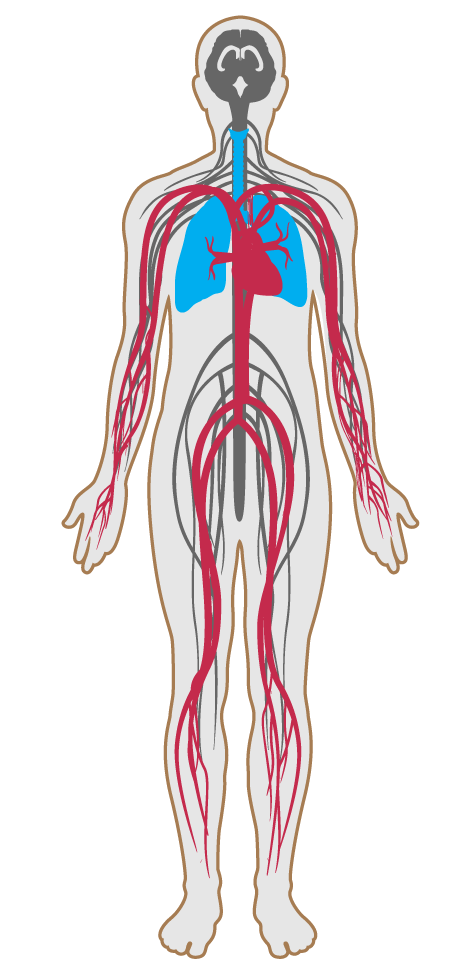Air quality monitoring and feedback
- 01 Air quality standards
- 02 Smoking ban
- 03 Ventilation effectiveness
- 04 VOC reduction
- 05 Air filtration
- 06 Microbe and mold control
- 07 Construction pollution management
- 08 Healthy entrance
- 09 Cleaning protocol
- 10 Pesticide management
- 11 Fundamental material safety
- 12 Moisture management
- 13 Air flush
- 14 Air infiltration management
- 15 Increased ventilation
- 16 Humidity control
- 17 Direct source ventilation
- 18 Air quality monitoring and feedback
- 19 Operable windows
- 20 Outdoor air systems
- 21 Displacement ventilation
- 22 Pest control
- 23 Advanced air purification
- 24 Combustion minimization
- 25 Toxic material reduction
- 26 Enhanced material safety
- 27 Antimicrobial activity for surfaces
- 28 Cleanable environment
- 29 Cleaning equipment
- P9 Advanced cleaning
18. Air quality monitoring and feedback
Building performance, such as ventilation and infiltration rates, is highly variable and has a direct effect on indoor air quality. To maintain ideal performance metrics, projects must continuously gather data on building performance. Collecting this data allows individuals to be aware of and promptly fix any deviations in indoor quality metrics.
This feature requires real-time measurement, recording and transmission of key indoor air quality metrics as well as ambient outdoor air quality. This data is reported to the building occupants and to the IWBI.
Monitors measure 2 of the following pollutants in a regularly occupied space (minimum one per floor) within the building, at intervals no longer than once an hour, and results are annually transmitted to the IWBI:
In an effort to consistently meet the WELL parameters, projects provide a written policy specifying:
Real-time display of the following indoor environmental parameters are made available per 930 m² [10,000 ft²] of regularly occupied space on a screen no smaller than 15 cm [5.9 inches] by 13 cm [5.1 inches]:

Applicability Matrix
| Core & Shell | New & Existing Buildings | New & Existing Interiors | |
|---|---|---|---|
| Part 1: Indoor Air Monitoring | - | O | O |
| Part 2: Air Data Record Keeping and Response | - | O | O |
| Part 3: Environmental Measures Display | - | O | O |
| Commercial Kitchen | Education | Multifamily Residential | Restaurant | Retail | |
|---|---|---|---|---|---|
| Part 1: Indoor Air Monitoring | O | O | O | O | O |
| Part 2: Air Data Record Keeping and Response | O | O | O | O | O |
| Part 3: Environmental Measures Display | O | O | O | O | O |
Verification Methods Matrix
| Letters of Assurance | Annotated Documents | On-Site Checks | |
|---|---|---|---|
| Part 1: Indoor Air Monitoring | MEP | Spot Check | |
| Part 2: Air Data Record Keeping and Response | Operations Schedule | ||
| Part 3: Environmental Measures Display | Visual Inspection |
| 18.1.b |
USGBC's LEED v4 EQ prerequisite: Minimum Indoor Quality Performance requires carbon dioxide monitoring within each thermal zone for mechanically ventilated spaces. |
